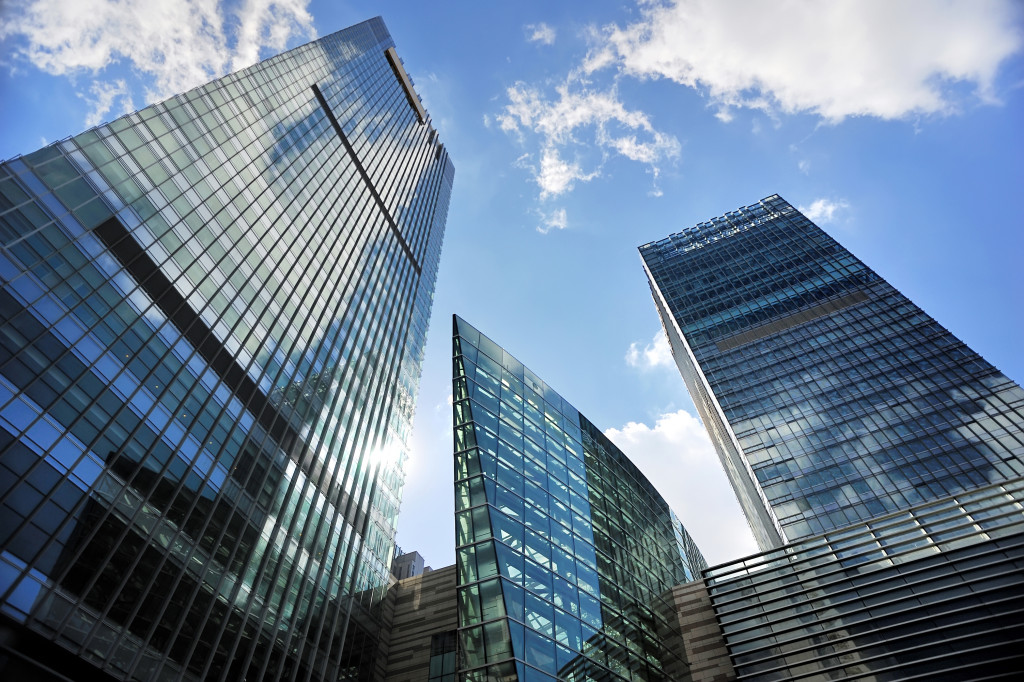The summer season is fast approaching. Again, people will have to deal with intense heat and, in some cases, deadly heat waves. While many places nowadays have air conditioning to cool commercial spaces, it can increase energy consumption and utility bills.
Temperature is important for workers to be productive. The Centers for Disease Control and Prevention state that, in general, the optimal indoor temperature is between 68 degrees Fahrenheit and 77 degrees Fahrenheit. However, in most of the United States, temperatures regularly exceed 95 degrees Fahrenheit from June to August.
Offices that want to not fry their employees under the summer sun and boost productivity should consider following these strategies to reduce the heat in the office.
Install Window Films
Mirrored window films can be installed on office windows to reject solar heat and glare. By doing this, the office will not only be cooler, but employees will also have an easier time working because they will be less bothered by the sun’s glare.
It works by reflecting away up to 79 percent of the sun’s heat, and it can also reduce energy costs by decreasing the need for air conditioning.
In addition, window film can also help protect furniture and carpets from the sun’s UV rays.
Blind also work, but they usually let a good amount of the heat in. They also trap a lot of dust that circulates in the air and trigger an allergic reaction.
Use Ceiling Fans
Ceiling fans can help circulate air and keep people cool. These devices are great because they use very little energy and they can be installed in any office. They cool the space by using the wind chill effect, which is when the fan blades cause a breeze to blow across the skin.
This wind chill effect can help cool people down by up to 8 degrees Fahrenheit, which can make a big difference in an office that is experiencing high temperatures.
Use Desk Fans
Desktop fans are also a great way to keep cool at work. They can be placed on top of desks or on the floor next to them. These fans use a small amount of energy, and they are very affordable.
They work by blowing air directly onto the person, which helps to cool them down. In addition, these fans can help to improve air circulation in the office.
Offer Access to Cool Drinking Water
Drinking plenty of water is always important, but it is especially important during the summer months. When you are feeling hot, drink cold water to help cool you down.
Offering cold drinking water to employees is a great way to keep them cool and hydrated. It is also a great way to promote healthy habits.
Grow Indoor Plants

Indoor plants can help to cool an office by up to 10 degrees Fahrenheit.
Plants cool through the process of photosynthesis, which is when they convert light into energy. This process releases water vapor and oxygen into the air, which helps to cool the surrounding space.
In addition, indoor plants can also help to improve air quality in the office. Some of the best plants for cooling offices are philodendrons, ivy, and bamboo palms.
Provide Shade
If possible, provide some shade in the office. This can be done by installing trees or plants near the building, or by using shades and awnings on the windows.
Shade can help to block the sun’s heat, and it can also help to reduce glare. It’s an easy addition to the space because it does not require any additional energy to run and it’s a non-permanent solution.
Turn Off Electronics Not in Use
When electronics are not being used, they generate heat. This is called standby power, and it is the amount of power that is used by electronics when they are turned off but still plugged in.
By turning off electronics when they are not in use, you can help to reduce the amount of heat that is generated in the office.
Choose Lighting Wisely
When choosing office lighting, opt for fluorescent light bulbs instead of incandescent light bulbs. Fluorescent light bulbs produce less heat than incandescent light bulbs, and they also last longer.
In addition, use task lights instead of overhead lights. Task lights provide direct light on the work surface, which reduces the need for overhead lighting. This will help to keep the office cooler.
These are some tips that offices can use to reduce the heat in their spaces. By following these tips, employees can stay cool and productive during the summer months.

